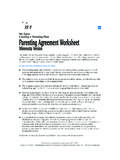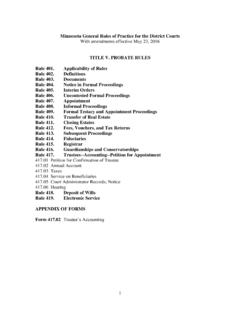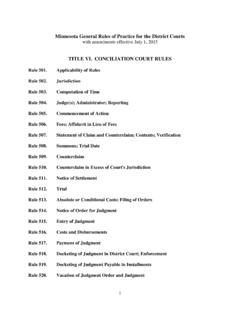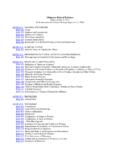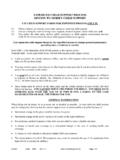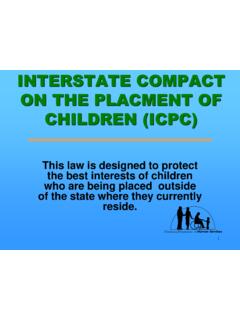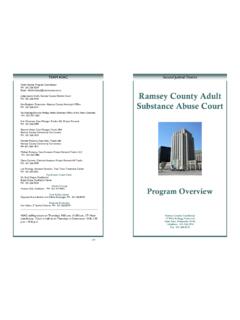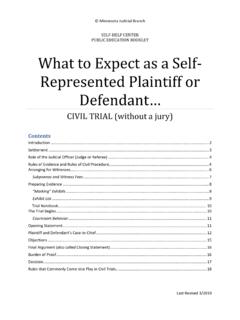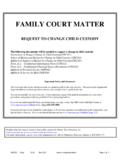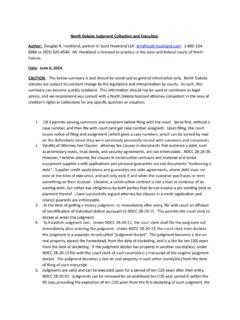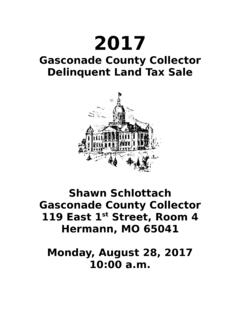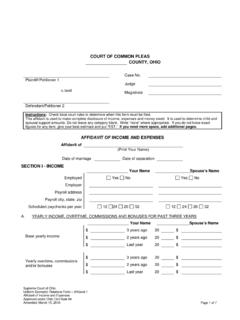Transcription of INSTRUCTIONS FOR AFFIDAVIT FOR COLLECTION OF PERSONAL ...
1 PRO201 State ENG Rev 8/16 Page 1 of 1 INSTRUCTIONS FOR AFFIDAVIT FOR COLLECTION OF PERSONAL PROPERTY FORM (Small Estate No Real Estate) Minnesota Statutes USE THIS FORM AND INSTRUCTIONS ONLY IF THE FOLLOWING FACTORS APPLY TO YOUR SITUATION: You are a blood relative to the person who died or you have a legal interest in the person s property. The person only had a small and modest sum of money or PERSONAL property when he/she died. The person had a will or did not have a will If you are not sure whether this form applies to your situation, see a lawyer for help.
2 WHEN CAN YOU USE AN AFFIDAVIT FOR COLLECTION OF PERSONAL PROPERTY? If the estate of the person who died is small enough, you might not have to file a case in the probate court. Generally, you can complete an AFFIDAVIT for COLLECTION of PERSONAL property if: 1. The value of all the property in the estate of the person who died, wherever located, minus the amount of liens and encumbrances on the property, is not greater than $75,000. 2. The property is listed only in the name of person who died. (There is no beneficiary or joint tenant.)
3 3. There is no real property in the probate estate of the person who died. Real property (land and buildings) requires you to go to probate court to transfer it. 4. 30 days have passed since the person died. 5. You have legal standing to submit an AFFIDAVIT to persons or businesses who have the property of the person who died, or owe money to the person who died, as follows: a) You are named as recipient of the property in a will of the person who died: b) The person who died had no will, but you are entitled to the property under law.
4 Examples include the following: You are the spouse of the person who died; You are a living child of the person who died, and there is no living spouse; You are the living parent of the person who died, and there are no living children or spouse; You are a living brother or sister of the person who died, and there are no living children, grandchildren, spouse, or parents. You are otherwise entitled to property pursuant to the Probate Code. WHAT TO DO AFTER YOU HAVE COMPLETED THE AFFIDAVIT : (NOTE: You must attach a certified copy of the death certificate to the AFFIDAVIT .)
5 1. To collect PERSONAL property, take the AFFIDAVIT to the person or business that has the property or owes the debt. (bank, stock company, etc.) 2. To transfer title to a motor vehicle, take the AFFIDAVIT , with the attached death certificate, to the motor vehicle division. Helpful materials may be found at your public county law library. For a directory, see . For more information, contact your court administrator or call the Minnesota State Law Library at 651-296-2775.
